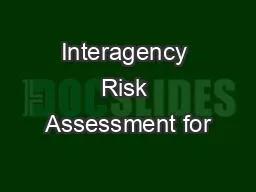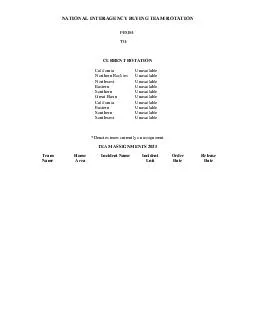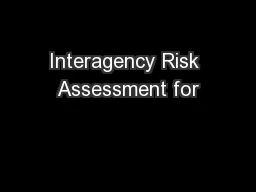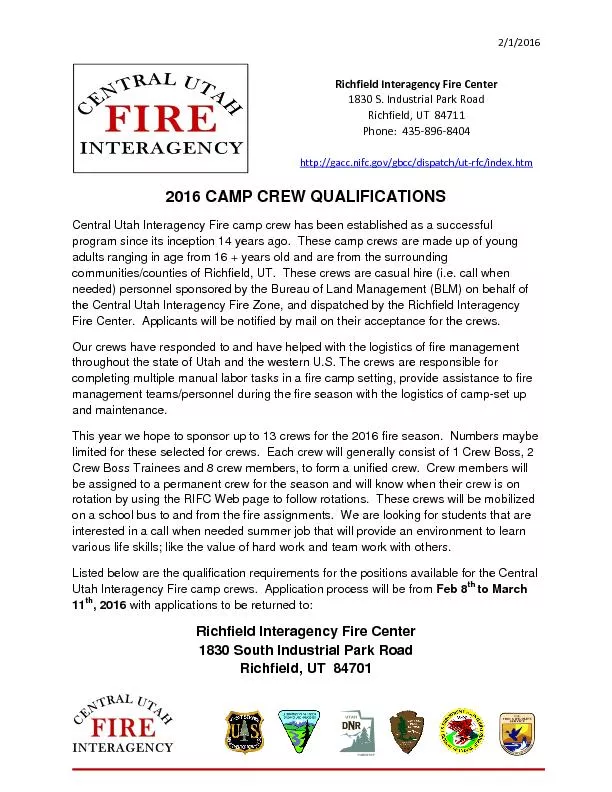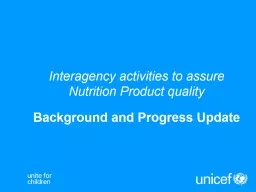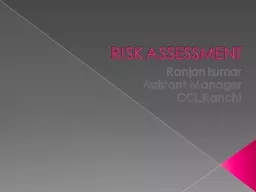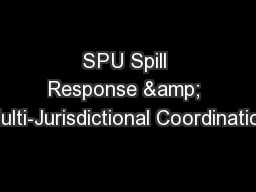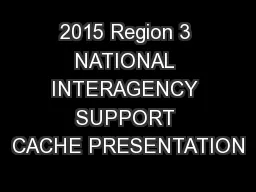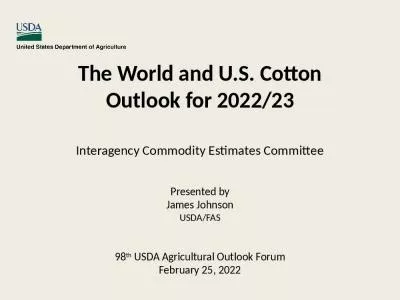PPT-Interagency Risk Assessment for
Author : bitechmu | Published Date : 2020-07-02
L monocytogenes in Retail Delis 2013 IRACNCACSRAORACA Risk Analysis Workshop Advancing Analysis Washington DC USDA South Building June 18 2013 Janell Kause FSIS
Presentation Embed Code
Download Presentation
Download Presentation The PPT/PDF document "Interagency Risk Assessment for" is the property of its rightful owner. Permission is granted to download and print the materials on this website for personal, non-commercial use only, and to display it on your personal computer provided you do not modify the materials and that you retain all copyright notices contained in the materials. By downloading content from our website, you accept the terms of this agreement.
Interagency Risk Assessment for: Transcript
Download Rules Of Document
"Interagency Risk Assessment for"The content belongs to its owner. You may download and print it for personal use, without modification, and keep all copyright notices. By downloading, you agree to these terms.
Related Documents

